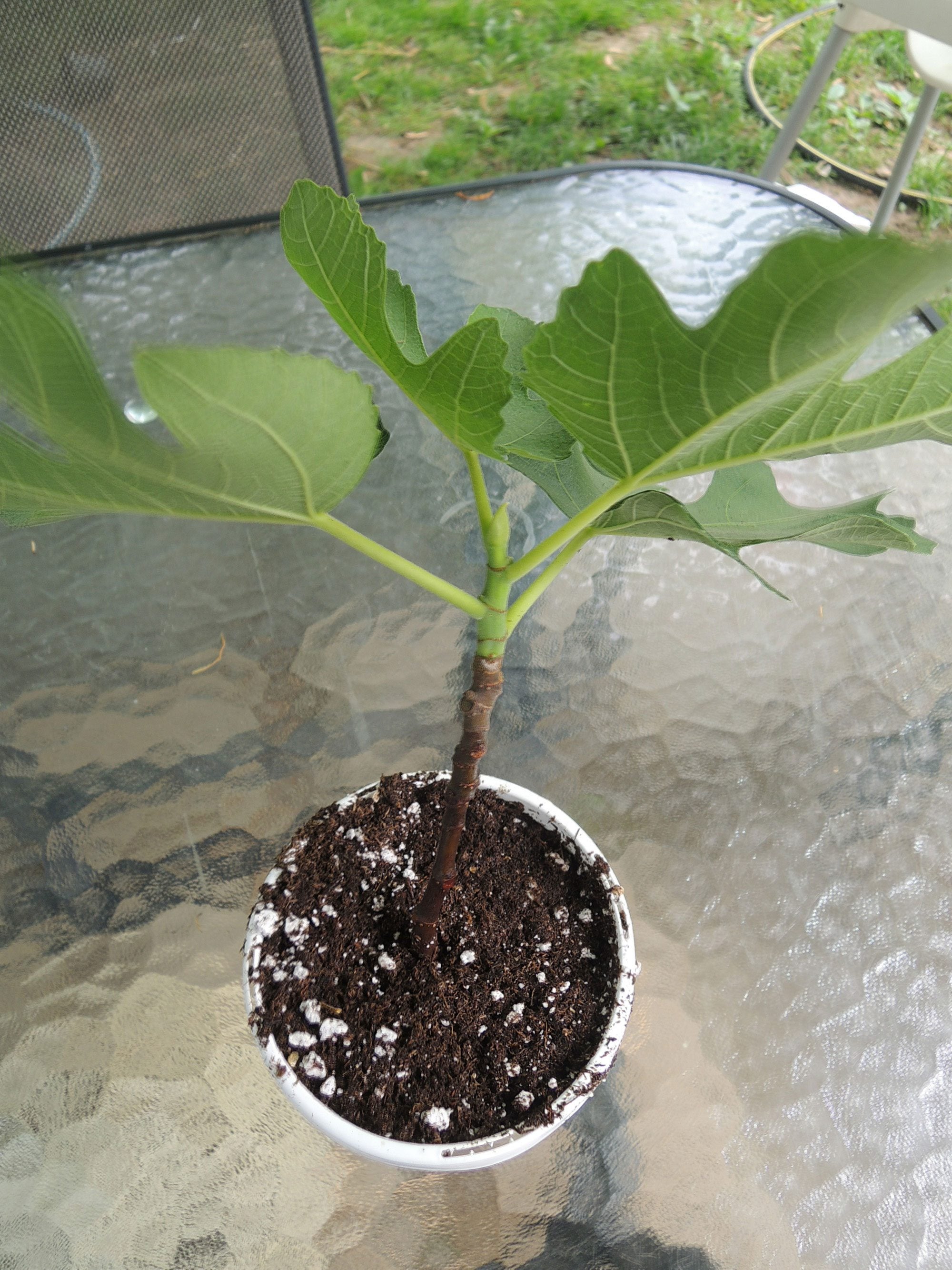Rooting Figs - How To Propagate Fig Trees


The fig tree has been around for a long time; archeologists have found evidence of its cultivation that dates back to 5,000 BC. They are a small, warm climate tree that can grow almost anywhere, with some fig varieties surviving in temperatures down to 10 to 20 degrees F. (-12 to -6 C.).
Fig trees will produce well for about 15 years. If you enjoy figs (whether fresh, dried or in preserves) and if your tree is getting old (or your generous neighbor's tree is getting old), you might be wondering how to propagate fig trees as opposed to buying a replacement. Fig propagation is an economical way to continue or increase production.
Methods for How to Start a Fig Tree
How to start a fig tree from fig cuttings is a simple process that can be accomplished in one of three ways. Each of these methods of rooting figs is simple and straightforward, and your choice will probably depend on the dormant season weather in your area.
Layering for Fig Propagation
The first method in how to propagate fig trees outdoors depends on dormant season temperatures that never fall below freezing.
Ground layering is a way of rooting figs by burying a portion of low growing branch with 6 to 8 inches (15-20 cm.) of the tip showing above ground and allowing the buried portion to root before severing it from the parent tree.
While this is the simplest method of fig propagation, it can prove awkward for ground maintenance while the branches root.
Rooting Fig Cuttings Outdoors
A more popular method of rooting figs outdoors is through fig cuttings. Late in the dormant season, after the danger of frost is past, take fig cuttings from small branches that are two to three years old. They should be about ½ to ¾ inches (1.3-1.9 cm.) thick, about the width of your pinky, and 8-12 inches (20-30 cm.) long. The bottom end cut should be flat and the tip cut on a slant.
Gardening tips, videos, info and more delivered right to your inbox!
Sign up for the Gardening Know How newsletter today and receive a free copy of our e-book "How to Grow Delicious Tomatoes".
Treat the slanted end with a sealant to prevent disease and the flat end with rooting hormone. When learning how to start a fig tree by this method, it's best to use six to eight shoots to allow room for some failures. You can always give away multiple successes!
Plant the rooting fig's flat end 6 inches (15 cm.) deep in hole 6 inches (15 cm.) wide and about a foot (30 cm.) apart. Water well, but don't over water. In one year, your fig cuttings can grow 36-48 inches (91-122 cm.). The new trees will be ready to transplant the following dormant season.
Rooting Figs Indoors
The third method of fig propagation involves how to start a fig tree indoors. This method is good for an early start if your spring weather is unsettled. Follow the method above for taking fig cuttings.
Line the bottom of a 6-inch (15 cm.) pot with newspaper and add 2 inches (5 cm.) of sand or potting soil. Stand four of your treated cuttings upright in the pot and fill around them with soil. Water the pot thoroughly and place a 2-liter bottle with the bottom cut off over the cuttings.
Keep the fig cuttings warm and in a bright (not direct sun) window. Don't water unless the soil becomes very dry. Wait a week after you see new growth to remove the makeshift greenhouse. When you see vigorous growth, plant your rooted fig cuttings in larger pots or outdoors when the weather allows.
Keep the transplants moist for the rest of the summer and watch them grow. As you can see, how to propagate fig trees is a simple process and when done properly, is a satisfying and economical experience. Happy eating!

Jackie Rhoades began writing for Gardening Know How in 2010.
-
 Try The Trend – Turn Any Bed Into A Keyhole Garden With This Clever In-Ground Composter
Try The Trend – Turn Any Bed Into A Keyhole Garden With This Clever In-Ground ComposterKeyhole gardening is an efficient and sustainable practice that saves space. Get started on this DIY project quickly and easily with an in-ground composter.
By Bonnie L. Grant
-
 4 Superfast Composting Methods: Turn Waste Into Garden Gold In 30 Days Or Less
4 Superfast Composting Methods: Turn Waste Into Garden Gold In 30 Days Or LessTry the fastest composting methods to turbocharge your pile and transform kitchen scraps and garden waste into finished compost in just a few weeks.
By Mary Ellen Ellis